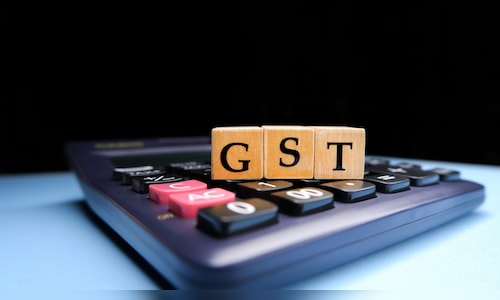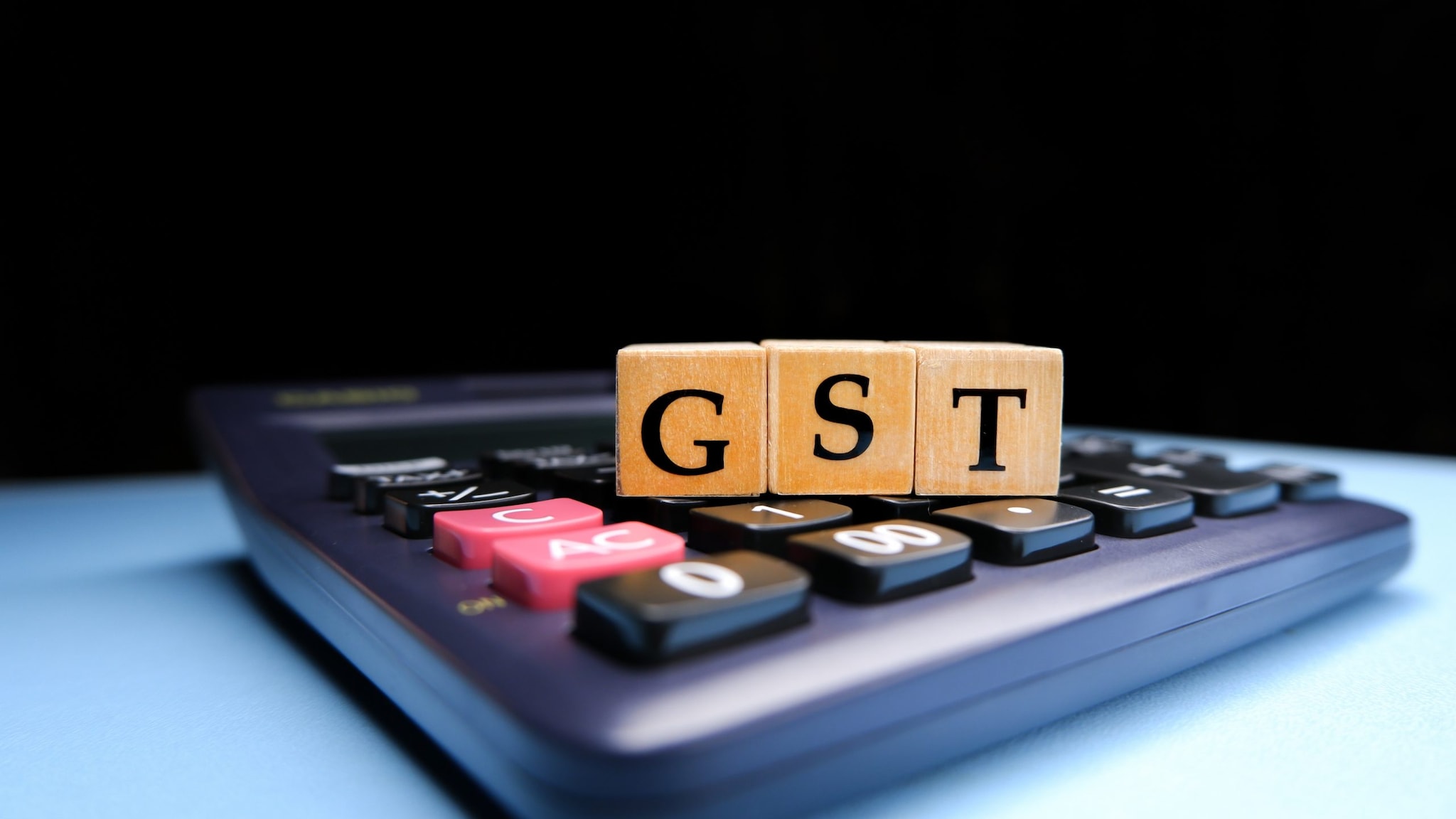

According to sources, some non-GoM member states have voiced concerns about the proposed rate changes, citing unfavourable economic conditions. They argue that the economic environment should be carefully considered and suggested delaying the changes until there is a noticeable pickup in consumption.
Despite their reservations, states appear to be open to the rationalisation of GST rates on life and health insurance premiums. They believe this could be an essential first step before a comprehensive overhaul of the GST structure is undertaken.
The 55th GST Council meeting, scheduled to take place on December 21 in Jaisalmer, will provide a platform for detailed discussions on the proposed reforms. The GoM on rate rationalisation is expected to present its report during this meeting.
Additionally, a separate GoM focused on life and health insurance will also submit its findings for deliberation.
Ved Jain, Past President of ICAI says “Increasing GST rates on luxury and sin goods may be counterproductive for the economy. The GST Group of Ministers (GoM) is understood to have taken a decision to recommend to increase the GST rate to 28% in respect of luxury goods e.g. as under:
a) Wristwatches above Rs. 25,000/-
b) Garments above 10,000/-
c) Shoes above Rs. 15,000/- per pair
Though the above proposal appears to balance the collection of GST but in the process, it might encounter several challenges not only in the implementation of this rate structure but also in collection of GST itself.”
Jain further outlined that “Such a move might have unintended consequences leading to revenue leakage and tax evasion. The implication of such higher and differential rate for same products will be that there will be a temptation by the consumer to not to buy these goods within India and it will encourage people going abroad or as tourist otherwise to do shopping outside India in a nearby country like UAE with the result the country will loose even normal tax which otherwise be payable and would have added to the collection of the GST at the rate as normal GST rate.”
Further, more slabs “could lead to reduced effectiveness in government policy aimed at ensuring tax compliance. With more slabs, the chances of tax evasion might rise, reducing the efficiency of the tax system as consumers may try to avoid higher taxes by turning to the unregulated market,” analysed Jain.
In addition, thereto, the Group of Ministers has also recommended to increase GST rate from 28% to 35%, on tobacco products and aerated beverages. Apparently, there is no reason to increase the tax rate from 28%to 35% and also to continue with the cess. There is no justification of introducing another slab and enhancing tax rate to 35%. It is important to keep in mind that exorbitant tax rate have its own challenges. The introduction of Goods and Services Tax (GST) in India was aimed at simplifying the tax structure, reducing compliance burdens, creating a unified tax system across the country and fostering a “One Nation, One Tax” framework. However, with the proposed amendment of applying different GST rates on same product by creating slabs on the basis of value of particular product will hinder the very essence of simplified taxes. Moreover, the introduction of multiple GST slabs and increased tax rates in India could significantly reduce the ease of doing business. It is the economic growth which will ultimately help not only in mobilisation more and more resources but at the same time generating more employment. Thus, it is important to have a balanced approach between economic growth and revenue generation,” added Jain.



